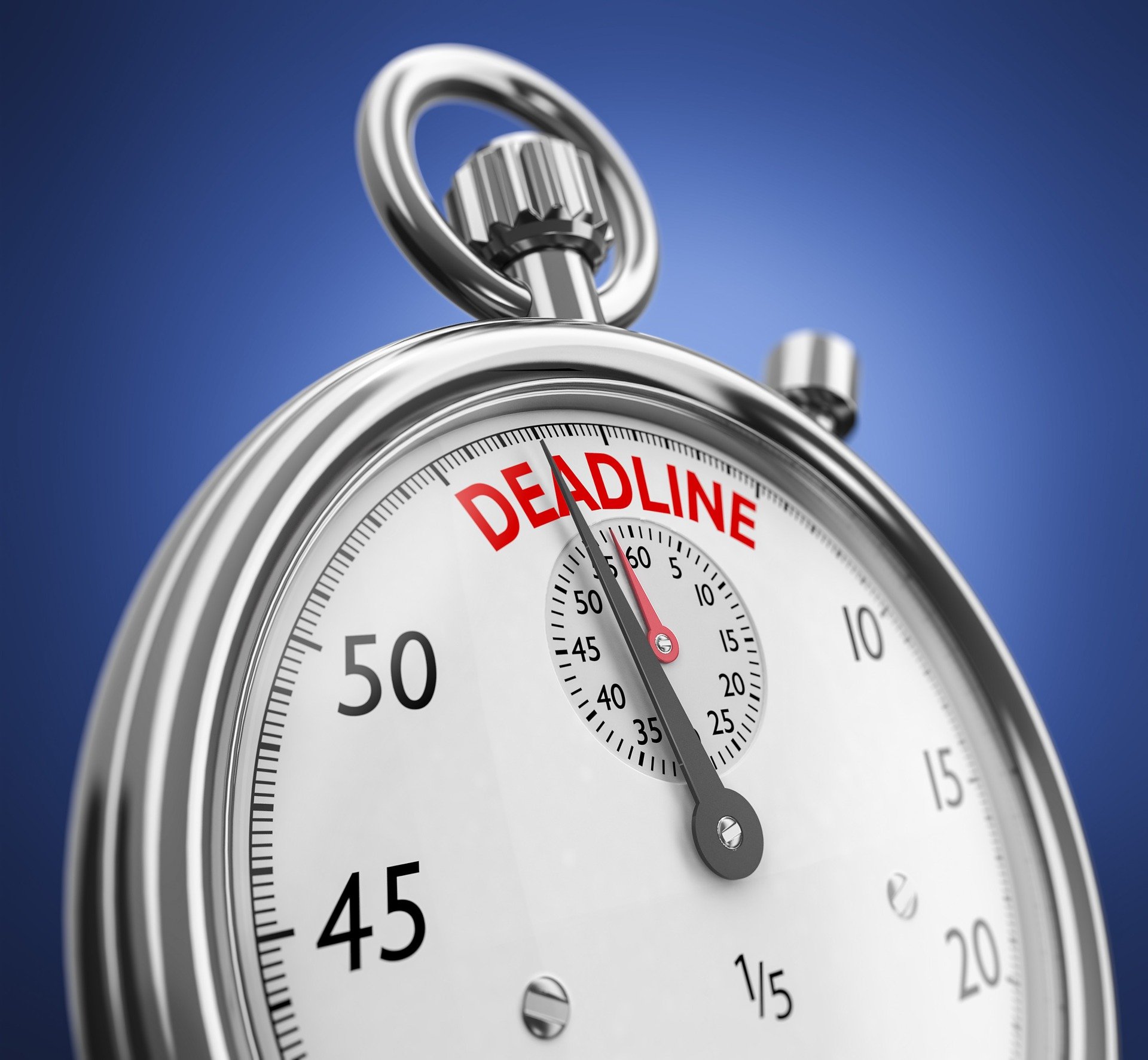In order to improve productivity, it is necessary to change the way we work. Many employees try to optimize their way of working day by day, but it is extremely difficult to measure and make visible any successes.
However, it is possible to measure success. It is not necessary to manually record every minute of the working day. For example, modern time recording systems offer the possibility of conveniently documenting time and attendance as well as the time spent on a specific project without gaps.
But regardless of how time recording is designed in detail, it offers great potential for continuously becoming more productive. The following article explains how this works.
Define goals
Before starting a project, a detailed plan should be created. This acts as a guideline for the project at hand. If the project is approached without a plan, there is hardly any way to measure the performance achieved – after all, no data will exist to compare the results.
The first step is to define a timeframe for the project and the budget available. This way, each team member knows the scope of the project and how much time is left until the end date.
Recording the time
Usually, while working on a particular task or project, there is a rough idea of how much time needs to be spent on it. However, if the actual time spent is not measured, it is irrelevant whether more time was invested in the end.
However, if the number of hours worked is recorded by a system, it is possible to assess whether the work was done efficiently. After all, it must be possible to scrutinize one’s own performance in order to increase production.
Documentation of progress
In order for a team to work efficiently, it is essential to make all processes as transparent as possible. Time recording software offers a great advantage in this context.
If each employee can always keep track of their working hours, their motivation to improve is maintained and the team leader also always has a comprehensive overview regarding the workflow.
Measure and optimize performance
Often, employees believe that they are already working very efficiently, but when they look at their timesheets, they are disillusioned to find that more time has been spent on a project than originally planned.
However, if the entire team keeps track of and documents the time invested in individual activities, problematic areas can be identified early on and optimized accordingly.
Expanding the team
Performance can also stagnate quickly if the team is overwhelmed. However, this does not mean that employees are simply lazy.
Often, only the general workload is underestimated. In this case, it makes sense to include additional employees in the project.
Take breaks
If a deadline is inexorably approaching, but the work seems to be never-ending, taking breaks is often neglected. However, this is definitely not advisable.
After all, work can be resumed much more efficiently after a break. Regular time tracking makes it possible to see at a glance how long has been worked through in one piece and when it is time for a break.
Photo from Gino Crescoli auf Pixabay
